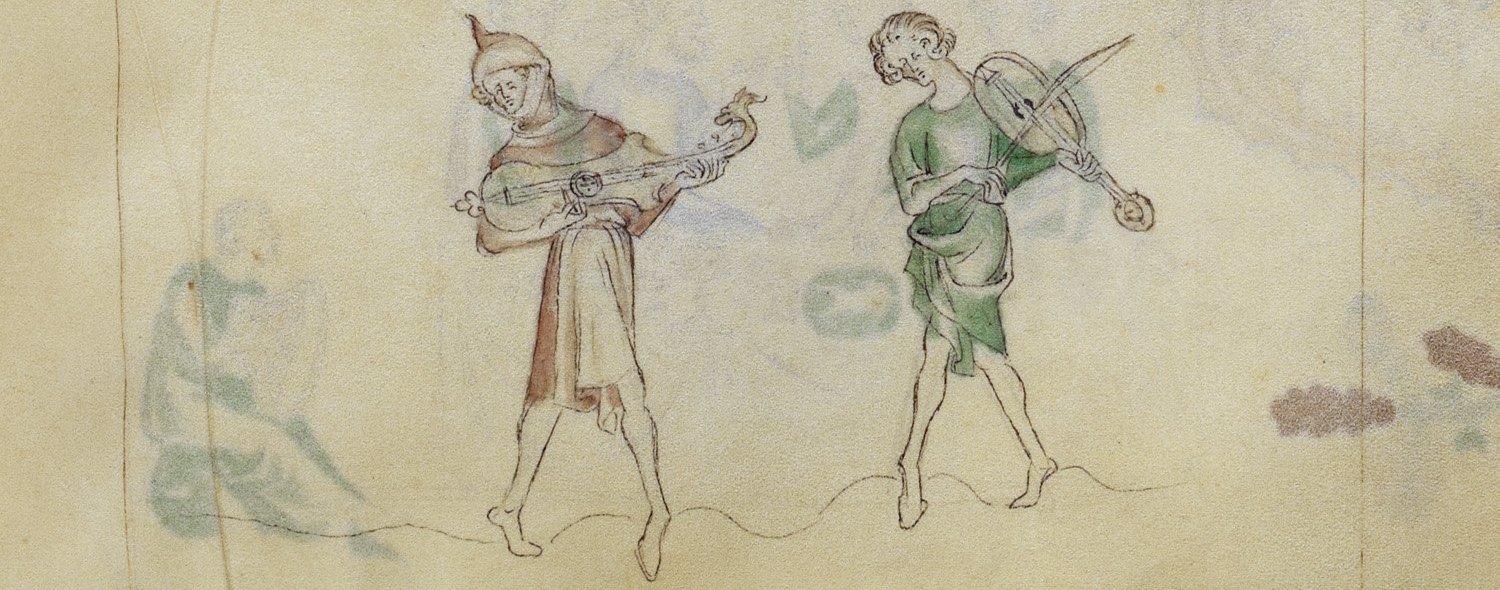 All players of early music will be familiar with the lute, the plucked polyphonic instrument par excellence of the European renaissance. In 16th century Spain, prime position was given not to the lute but to the vihuela da mano, depicted in Spanish iconography as the instrument of Orpheus, Arion, Venus, and the angels of heaven. The vihuela drew upon the polyphonic compositions of Europe for its intabulations, as well as having had its own repertoire in 7 books printed between 1536 and 1576 by such Spanish composers as Luis Milán, Luys de Narváez, and Alonso Mudarra. In 16th century Italy, where the lute was dominant, the vihuela was called the viola da mano, and was suggested as an alternative to the lute in two prints of the music of Francesco Canova da Milano, musician to three successive popes.
All players of early music will be familiar with the lute, the plucked polyphonic instrument par excellence of the European renaissance. In 16th century Spain, prime position was given not to the lute but to the vihuela da mano, depicted in Spanish iconography as the instrument of Orpheus, Arion, Venus, and the angels of heaven. The vihuela drew upon the polyphonic compositions of Europe for its intabulations, as well as having had its own repertoire in 7 books printed between 1536 and 1576 by such Spanish composers as Luis Milán, Luys de Narváez, and Alonso Mudarra. In 16th century Italy, where the lute was dominant, the vihuela was called the viola da mano, and was suggested as an alternative to the lute in two prints of the music of Francesco Canova da Milano, musician to three successive popes.
This article traces the vihuela/viola da mano through its medieval origins; explains its relationship to the lute; illustrates the connection between the bowed vihuela/viola and the plucked vihuela/viola; describes the three surviving instruments; shows, through iconography, the difference in plucking style between the Spanish vihuela and the Italian viola da mano and lute; discusses the evidence for octave or unison stringing of courses; outlines the available music; and describes its use in mythological imagery.
We begin with a video performance of fantasia del quarto Tono by Luys de Narváez on vihuela/viola da mano. To illustrate the process of intabulation (turning a polyphonic song into a polyphonic piece for plucked strings) there are three videos of Josquin des Prez’s Mille regretz (A thousand regrets): for 4 voices; for solo vihuela; then for voice and lute. A fourth video shows a viola da mano playing a recercare by Francesco Spinacino and Rossina by Hans Judenkünig. We conclude with links to facsimiles of all 16th century vihuela tablature prints.
Read more








